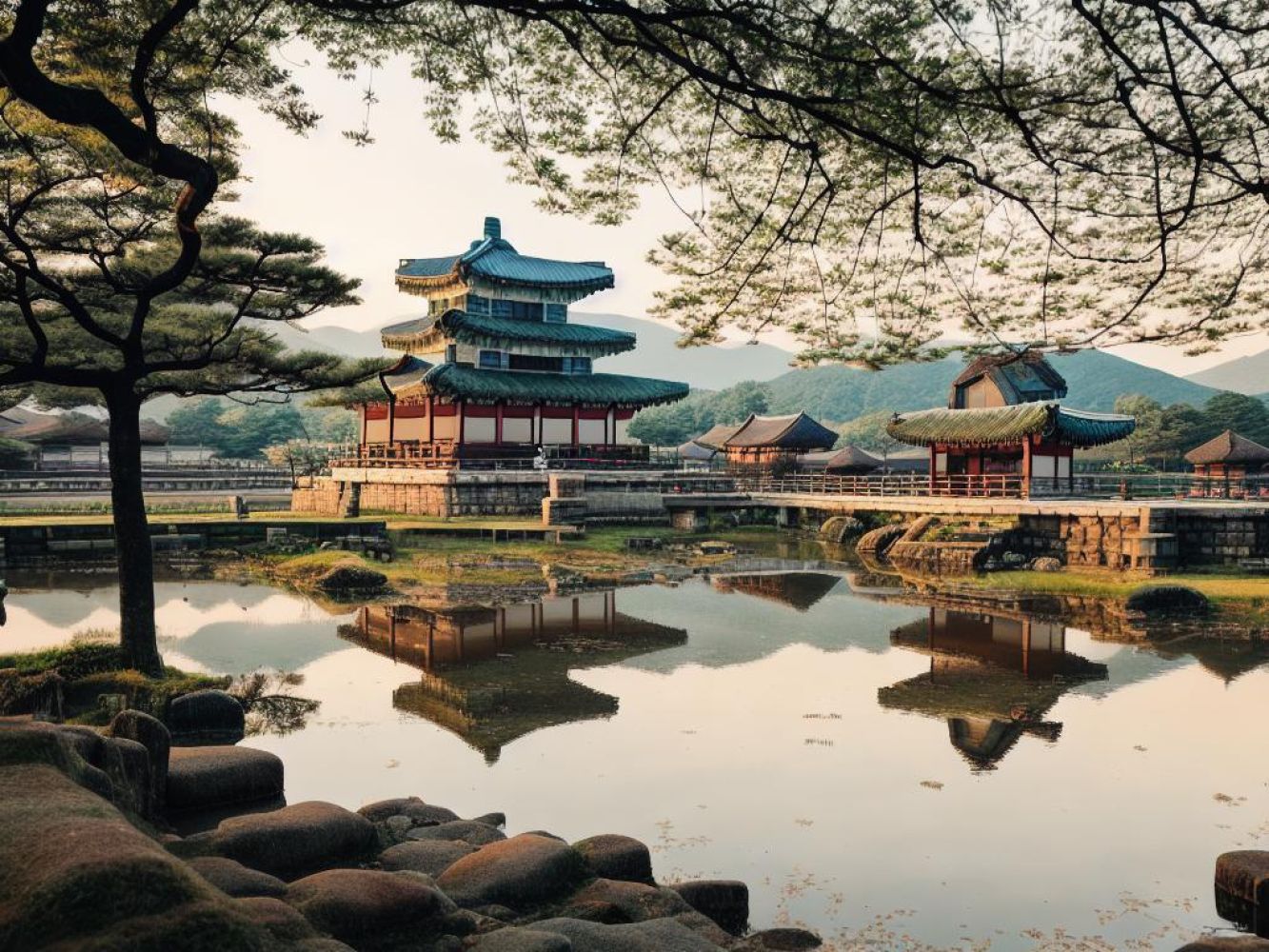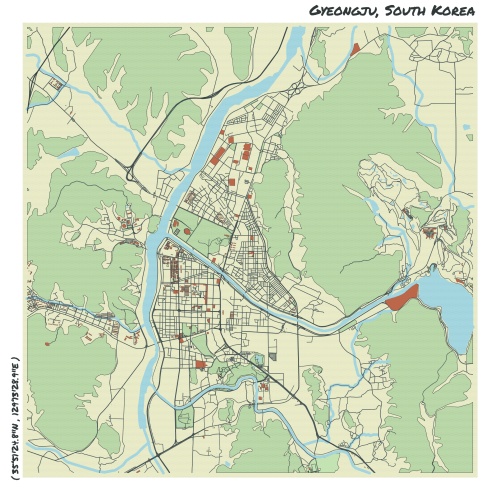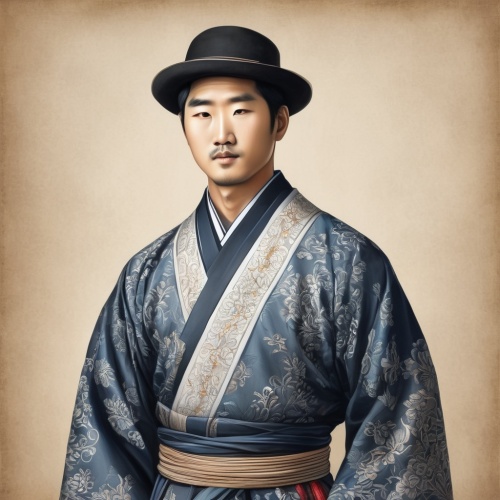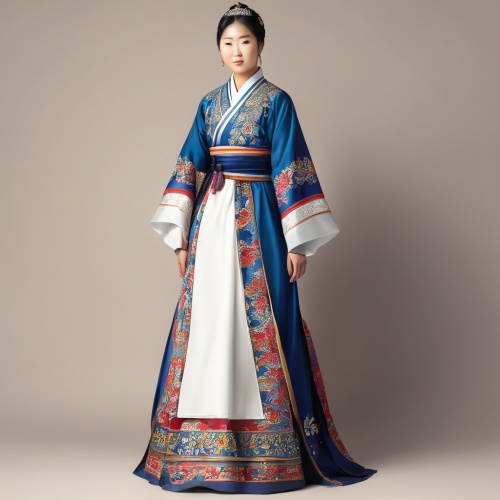Understand
Kyongju, a town steeped in history, beckons visitors with its captivating tales and ancient wonders. From prehistoric settlements to the illustrious Shilla Kingdom, this South Korean destination is a treasure trove of cultural heritage. Set foot in Kyongju, and you'll step back in time. The Shilla clan, rulers of the southeastern part of the peninsula, chose this town as their capital in 57 BCE. Their reign was marked by grandeur and ambition, as they adorned the city with public buildings, palaces, temples, and fortresses. The tombs of these remarkable rulers can still be found in the surroundings of the ancient city, a testament to their enduring legacy. As the Shilla Kingdom flourished, Mahayana Buddhism made its way from China into Korea. Mount Namsan, a sacred mountain venerated by previous cults, became a focal point for Buddhist devotion. The most skilled architects and craftsmen of the time were summoned to create temples, shrines, and monasteries, forming a spiritual landscape that still inspires awe to this day. While Kyongju experienced periods of internal strife and external invasions, it remains a testament to the resilience of Korean culture. Under the Yi (Chosun) Dynasty, the town was reunited and thrived until 1910. Despite facing challenges such as Japanese invasion and annexation, Kyongju's urban identity persevered. Discover the secrets of Kyongju, a town that connects past and present through its timeless beauty and cultural heritage.
Map & Climate
Popular Foods
 The first and perhaps most famous Korean dish is Kimchi Jjigae, a spicy stew made from fermented vegetables (most commonly napa cabbage), with sliced pork, tofu, and chilli peppers added for extra kick. It's a comforting yet fiery dish that showcases the depth of Korean flavours.
The first and perhaps most famous Korean dish is Kimchi Jjigae, a spicy stew made from fermented vegetables (most commonly napa cabbage), with sliced pork, tofu, and chilli peppers added for extra kick. It's a comforting yet fiery dish that showcases the depth of Korean flavours.  Bibimbap is another wildly renowned Korean dish which translates directly to 'mixed rice'. It's typically served as a bowl of warm, steamed white rice, topped with sautéed vegetables, sliced meat (often beef or chicken), a fried egg, and chilled gochujang (red pepper paste) sauce that's stirred into the dish just before eating. This versatile meal can be enjoyed with an array of side dishes, making it both hearty and customizable.
Bibimbap is another wildly renowned Korean dish which translates directly to 'mixed rice'. It's typically served as a bowl of warm, steamed white rice, topped with sautéed vegetables, sliced meat (often beef or chicken), a fried egg, and chilled gochujang (red pepper paste) sauce that's stirred into the dish just before eating. This versatile meal can be enjoyed with an array of side dishes, making it both hearty and customizable.  Jajangmyeon is a delightful noodle dish starring chewy somen noodles drenched in a savory black bean sauce, typically garnished with julienned cucumber, crispy seaweed, and sesame seeds. While it often features seafood like squid, octopus, or shrimp, there are also vegetarian versions available. This hearty meal is both filling and satisfying, reflecting its Chinese origin while embracing a uniquely Korean twist.
Jajangmyeon is a delightful noodle dish starring chewy somen noodles drenched in a savory black bean sauce, typically garnished with julienned cucumber, crispy seaweed, and sesame seeds. While it often features seafood like squid, octopus, or shrimp, there are also vegetarian versions available. This hearty meal is both filling and satisfying, reflecting its Chinese origin while embracing a uniquely Korean twist. 




Comments
NO COMMENTS